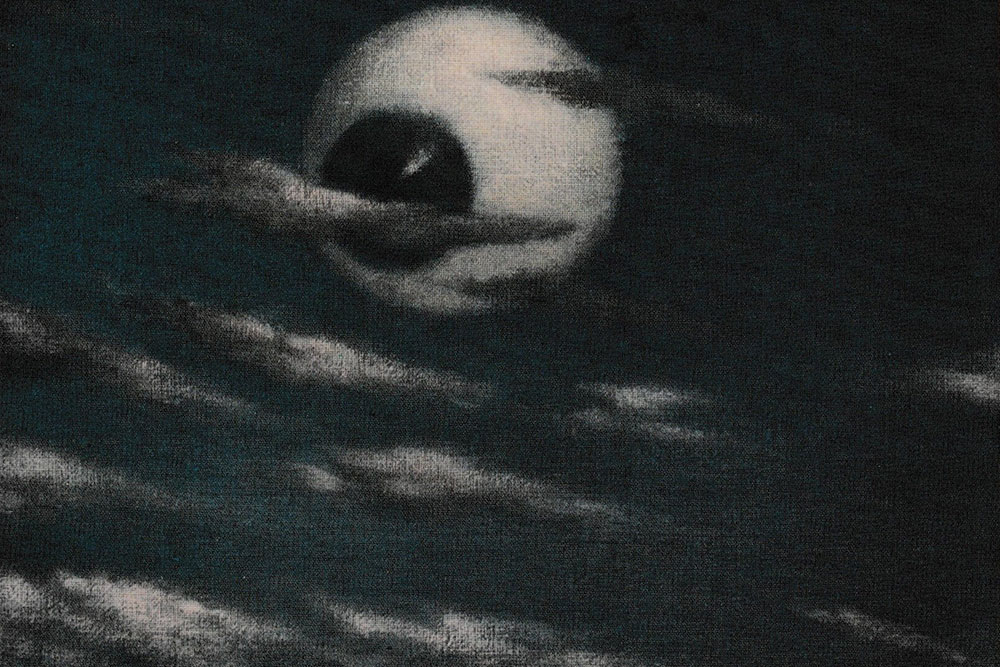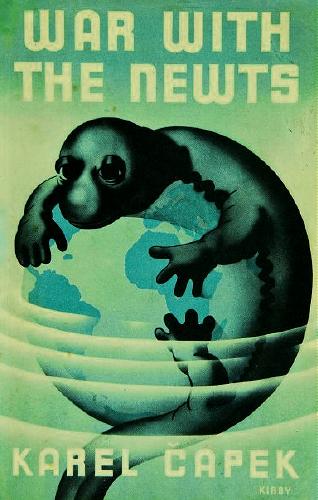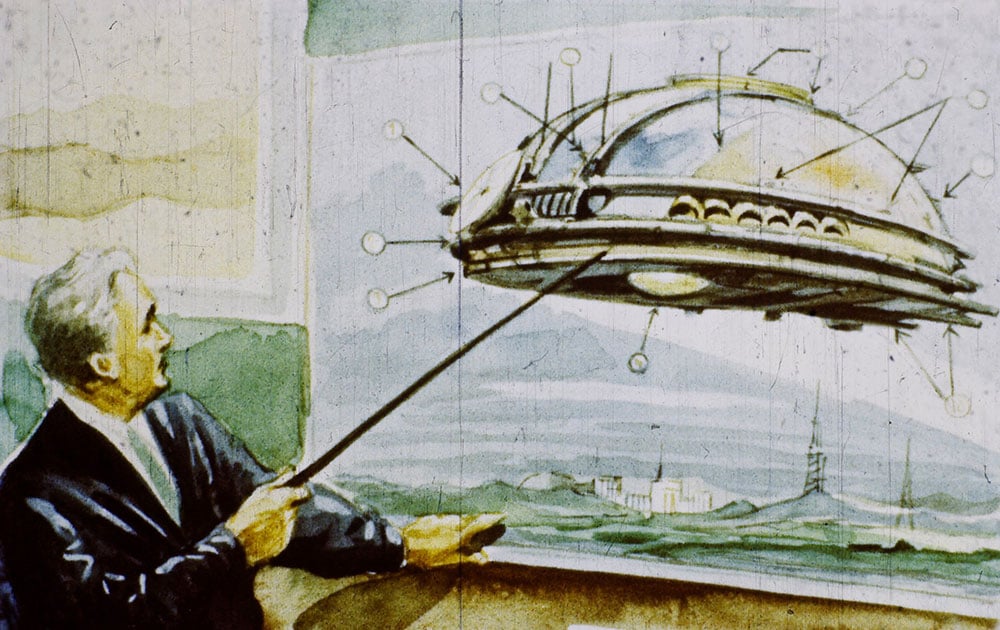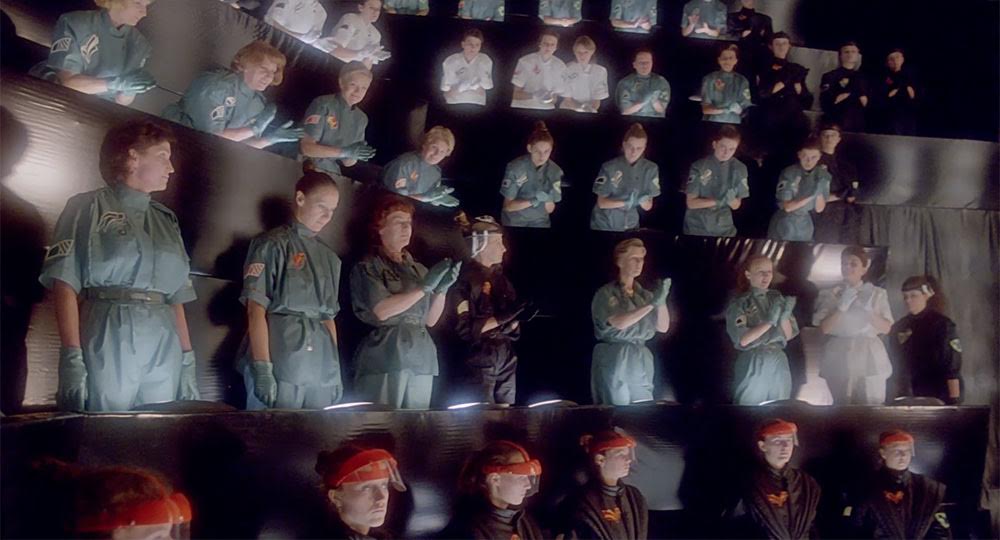Beyond 1984: 12 dystopian novels from the New East that are eerily relatable today

Nearly 70 years after it was first published, George Orwell's 1984, originally written as a warning against Stalinist Russia and the rise of totalitarian police states, is more popular than ever. Yet the Soviet Union has its own legacy of dystopian novels, some even more twisted and prophetic
George Orwell’s novel Nineteen Eighty-Four (1949) made it back onto the bestsellers lists earlier this year, exactly a week after Donald Trump’s inauguration. While some note that it might be wrong to evaluate real life through the prism of books written over half a century ago, with the White House shifting towards an administration led by “alternative facts” and Brexit looming on the horizon, it is no surprise that people are turning to dystopian novels to make sense of things. For those who want to keep riding the dystopian wave, or are desperate for a reality alternative to this one, the New East has various kinds of doomsday stories to add to your reading list, from dishonest alien regimes to a “great wall” dividing the world.
We (1921)
Yevgeny Zamyatin
1985 (1983)
György Dalos
The Dictator: A Story of Ak and Humanity (1919)
Yefim Zozulya
1917: Stories and Poems from the Russian Revolution.
The Letter Killers Club (1926)
Sigizmund Krzhizhanovsky
Memories Of the Future (1926-30)
Sigizmund Krzhizhanovsky
Eden (1959)
Stanisław Lem
Chevengur (1928-29)
Andrei Platonov
War With the Newts (1936)
Karel Čapek

Czech writer Karel Čapek is one of the country’s most acclaimed science fiction writers. In War of the Newts the author satirically explores every sphere of human civilisation, including colonialism, racism, capitalism and fascism, through a story centred on the discovery and subsequent enslavement of an intelligent breed of newts. One of the book’s obvious, and some say painfully relevant, messages is that humanity itself instigates the downfall of the human race. Čapek, who has been nominated for Nobel Prize in Literature several times, is internationally recognised as the writer who initially popularised the use of the word “robot”. The novel, first published in 1937, is considered a science fiction classic, and is published in English by S.F. Masterworks and Penguin Modern Classics.
The Absolute At Large (1922)
Karel Čapek
Squaring the Circle: A Pseudotreatise of Urbogony Fantastic Tales (1969)
Gheorghe Săsărman
The Old Axolotl: Hardware Dreams (2015)
Jacek Dukaj
Day of the Oprichnik (2006)
Vladimir Sorokin
secret police organisation founded by Ivan the Terrible. In the new Russian Empire, the brutal practices of the Ivan the Terrible period are performed with new technologies like rayguns, creating a unique dystopian reality that is also heavily seasoned with Soviet-era references. Day of the Oprichink is a relatively new novel – it was initially published in Russian in 2006, and in English in 2010.


